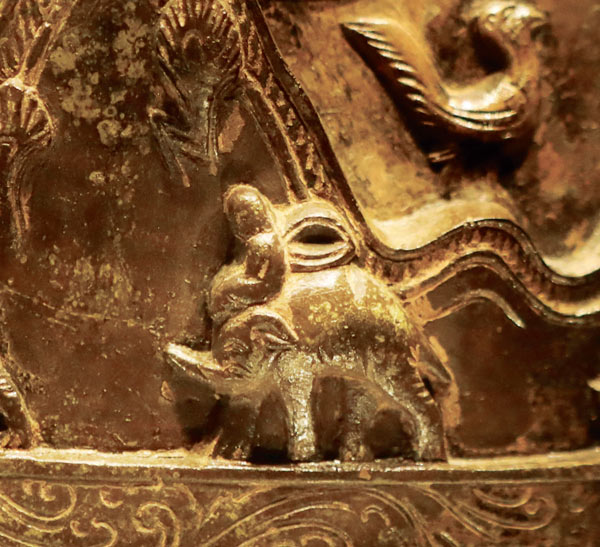
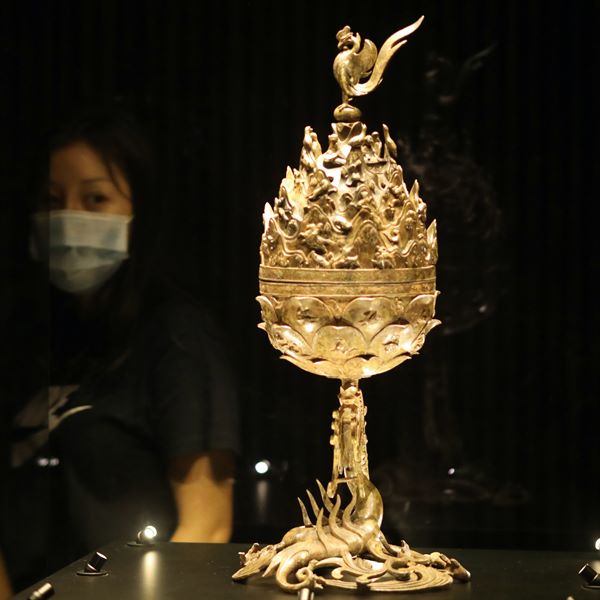
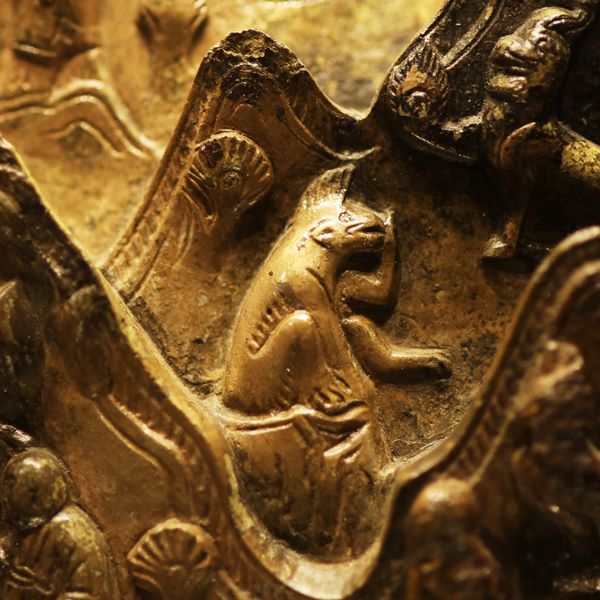

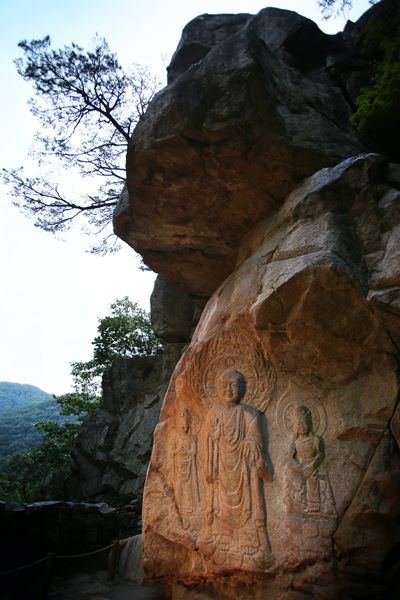
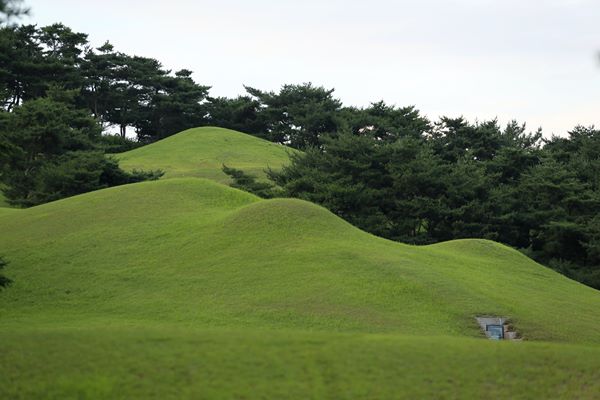
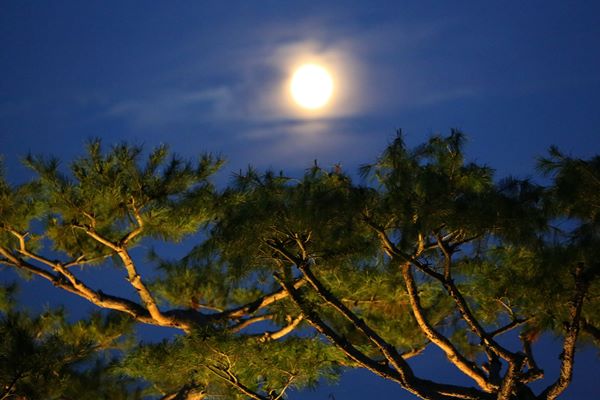
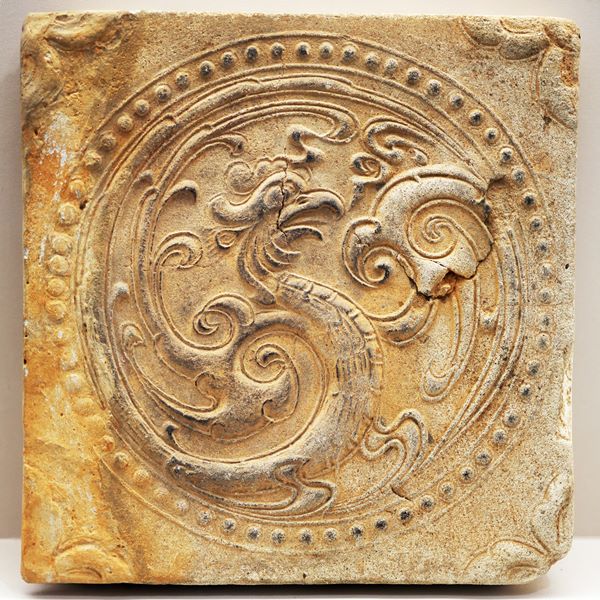
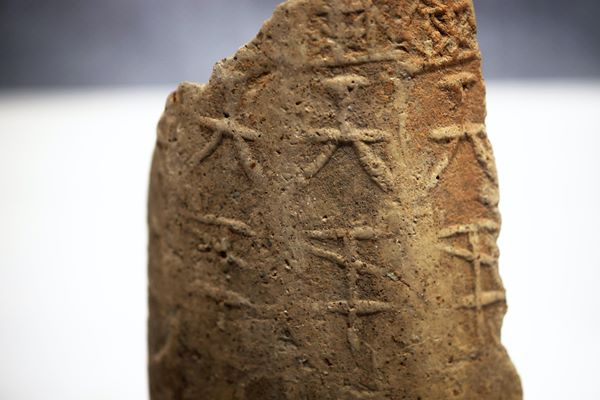
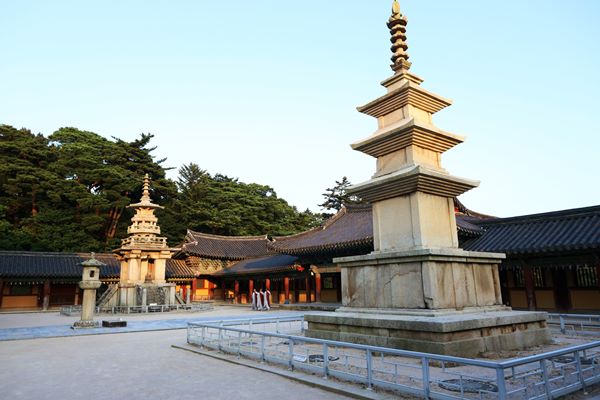
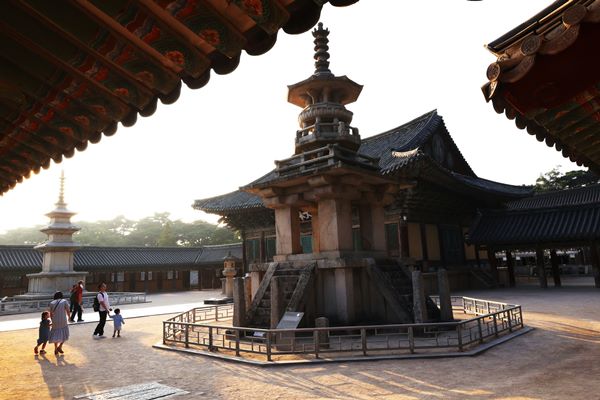
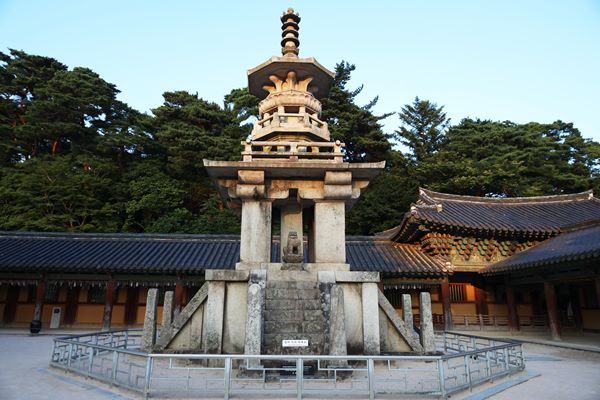
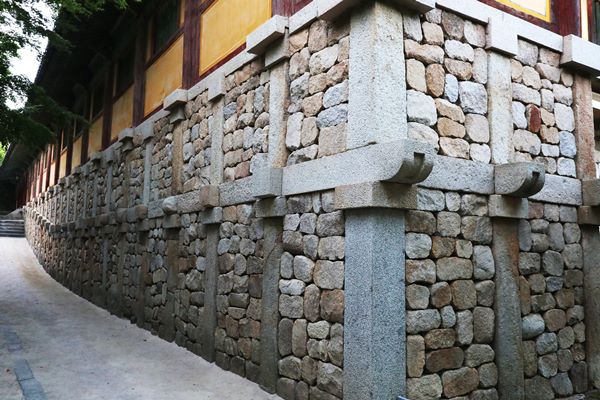

동아시아 대륙에서 한나라(기원전 206년~기원후 220년), 혼란했던 육조시대(220~589년), 수나라(581~618년), 당나라(618~906년) 시기 중에 기원전 18년에 건국되어 기원후 660년까지 678년간 존속했던 해양제국 백제는 서해(황해)를 무대로 아시아 대륙의 해안선을 따라 많은 제후국들과 교류하며 융성하고 화려한 문화를 이루었던 문화 강국이었다.
백제의 무령왕이 523년 세상을 떠났을 때 무령왕의 죽음을 황제의 죽음을 뜻하는 ‘붕(崩)’ 이라고 백제인들은 기록에 남겨 놨다.
무령왕의 관은 그 당시 남쪽바다 건너 야마토 왜국(倭國)에서 온, 우리 땅에서는 없는 금송 나무 목재로 만들었고, 왕릉의 석실은 대륙의 남조식 벽돌로 만든 양(梁)나라의 터널형 의 릉으로, 백제가 멸망한 후 1500여 년 동안 공주 송산리 고분군에 잊혀져 있다가 1971년에 처음 발굴되었다.
대륙과 백제의 역사적인 관계는 대륙의 남조 제(齊)나라 (479~502년)의 역사를 기록한 남제서 내용 중 다음과 같은 기록이 나온다.
“490년에 북위(北魏) 선비족 기병 수십만이 백제를 공격하였다. 이에 동성대왕은 군사를 거느리고 선비족 군사를 기습하여 크게 깨뜨렸다. 동성대왕이 북위군의 공격을 격퇴한 공로를 치하하여 여러 태수(왕)를 임명하였다.”
동성대왕이 황제이기 때문에 제후국에 왕을 임명하는데, 수하의 왕들을 임명하는 지역을 현재 위치로 보자면 중국 하북성, 산동성, 강소성 유역까지 해당하는 영토이다.
부여로부터 이어온 백제(百濟)의 정체성은 국호를 한때 ‘남부여(南扶餘)’로 바꿀 만큼 우리 민족의 토착 세력에 기반을 두었고, 삼한시대에 마한 54소국 중에 ‘백제(伯濟)’라는 부족국가의 명칭을 계승하여 ‘백제(百濟)’가 되었다는 설도 있다.
신라/당 연합군에 의해 멸망한 후 1500여 년이 지난 후에도 우리 문화 깊숙히 남아있는 백제의 문화유산은 헤아릴 수 없이 많지만, 백제의 난민들과 귀족들이 정착한 후 해가 뜨는 곳이라는 뜻의 ‘일본’이라는 국호를 정한 섬나라 기록에 의하면 ‘야마토’라는 국호에서 7세기 후반에서 701년 사이에 ‘니혼(日本, 일본)’으로 부르게 되었다.
백제와 고구려가 망한 후 많은 난민이 건너간 야마토에는 7~10세기에 백제와 고구려 유민들이 150만 명이나 망명을 갔다고 한다.
인류 역사에서 항상 확인되는 인류와 같이 이동하는 개를 연구해보면, 일본에는 우리 민족의 토종견 진도개와 풍산개와 비슷하게 생긴 북방견들이 많다.
2001년에는 아키히토 일왕이 도쿄의 왕실에서 가진 68회 생일날 기자회견에서 “나 자신으로 말하면, 간무(桓武) 천황의 생모가 백제 무령왕(武寧王·501∼523년 재위)의 자손이라고 ‘속일본기’ 역사책에 쓰여 있기 때문에 한국과의 혈연을 느끼고 있습니다”라고 말했다.
해상왕국 백제의 넓은 영역의 많은 담로를 가름할 수 있는 백제인들의 세계를 그 당시의 예술품에서 볼 수 있다.
높이 61.8cm, 무게가 11.8kg이나 되는 국보 제287호 백제 금동대향로(百濟金銅大香盧)에는 코끼리, 원숭이 등 먼 동남아시아 나라에서나 볼 수 있는 동물들을 정확하게 조각해놓았다.
서산 용현리 마애여래삼존상 같은 걸작을 남겨놓은 백제의 석공들은 백제 멸망 후 통일신라의 불상과 탑을 백제의 예술을 초월한 또 다른 차원의 작품들로 남겨놓았다.
해양제국 백제 (百濟)
During the turbulent years in East Asia's mainland, from the Han Dynasty (206 BCE - 220 CE), chaotic Six Dynasties Period (220 - 589), Sui (581 - 618) to Tang Dynasty (618 - 906), there was the Baekje Empire, which ruled continuously from 18 BCE to 660 CE, for 678 years.
Baekje's vassal states surrounding the Yellow Sea (West Sea) and the rest of Asian kingdoms along the continent's coasts brought rich and colorful culture to fruition for the naval empire.
When Emperor Muryeong of Baekje died, we learned that his coffin was made with Japanese umbrella-pine lumber, which does not grow in Korea.
Emperor Muryeong's burial chamber was made with bricks, in typical Liang dynasty (梁
502 ~ 557) burial style, instead of the traditional stone-wall burial chambers typical of Baekje, Goguryeo, Buyeo, Shilla and Gaya confederacy people.
Liang dynasty's territory during the Southern and Northern Dynasties (420–589) period included the coastal areas south of the Shandong Peninsula, the cradle of Dongyi people, whose ethnic and cultural ancestry ties to modern Koreans are well known.
Dongyi people are credited with inventing the original East Asian written language, the Oracle bone scripts.
Baekje people left a valuable history on a burial tablet, which was left inside the tomb of Emperor Muryeong. They called Muryeong's death a "Boong" (붕 崩) - a clear reference to the passing of an emperor.
The Book of Qi, or Book of Southern Qi Dynasty (479 - 502), records a Baekje war against the Northern Wei Dynasty (386 - 534) of the Xianbei people.
In the year 490, hundreds of thousands of Wei cavalry attacked Baekje. King Dongseong the Great of Baekje defended Baekje with leaders of his vassal states inflicting considerable damage to the Wei. As an emperor, Dongseong the Great promoted several of his generals to various vassal states in locations in modern day Hebei province near Beijing, Shandong province on the Yellow Sea, and Jiangsu province north of Shanghai, all along the Yellow Sea.
The national identity of Baekje, which she inherited from Buyeo, was based on the indigenous population, and the empire's name was even changed to “Southern Buyeo” at one point.
In the Sam-Han Period of the Byeon-Han, Jin-Han, and Ma-Han confederacies during the first century BCE, one of the original tribal states named “Baekje” was among the 54 nations in Ma-Han, whose name some scholars believe Baekje Empire adopted later.
More than a thousand years after Baekje Empire was destroyed by the Shilla/Tang allied forces, Baekje's cultural heritage remains deep in our culture and in neighboring states.
According to Japanese historical records, the island nation’s name of Yamato became Nippon (Japan), which means “the land where the sun rises,” a perspective from the continent looking toward the Japanese islands, between the late 7th century and 701.
Some 1.5 million refugees came to Japan after the fall of Baekje and Goguryeo, according to Japanese historical records.
Baekje, Gaya and Goguryeo migration also shows up in dogs. There are many northern spitz breed dogs in Japan, which not only look similar to native Korean dogs such as Jindo and Poongsan, but DNA comparisons confirm a close match with Korean dogs.
Japan's Emperor Akihito, during his 68th birthday press conference, announced that "he felt personal attachment to Korea" because of the blood ties of his ancestors. "I, for my part, feel a certain kinship with Korea, given the fact that it is recorded in the Chronicles of Japan that the mother of Emperor Kammu was of the line of King Muryeong of Baekje."
You can see the scope of Baekje's far global reach in their artwork.
The Gilt-bronze Incense Burner of Baekje, Korea's National Treasure No. 287, which stands 24 inches (61.8 cm) tall and weighs 26 lbs (11.8 kg), clearly features a person riding an elephant. Other animals, including a monkey from distant Southeast Asian places, not indigenous to Korea, are sculpted on the incense burner.
After the fall of Baekje, the stonemasons of Baekje who created such masterpieces as Rock-carved Buddha Triad in Yonghyeon-ri, Seosan, sculpted statues and pagodas of the Unified Shilla, and their artwork transcended to another level.
-30-
To see more Visual History of Korea:
Please visit https://www.kang.org/korea


















